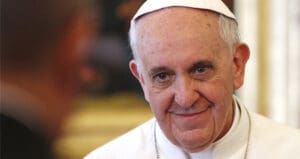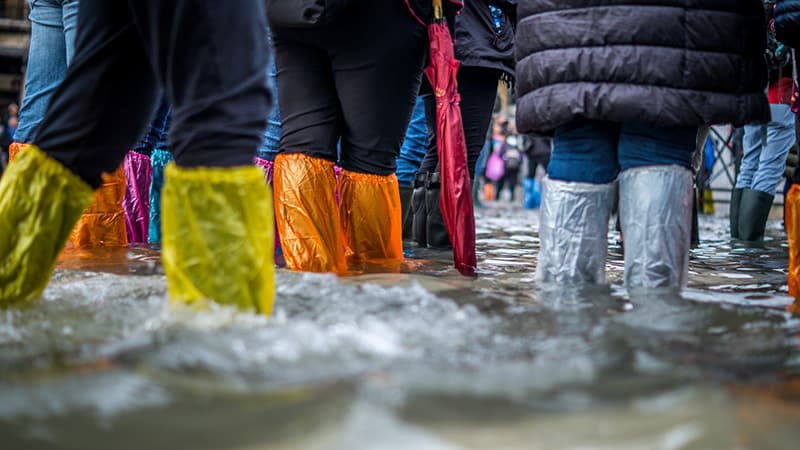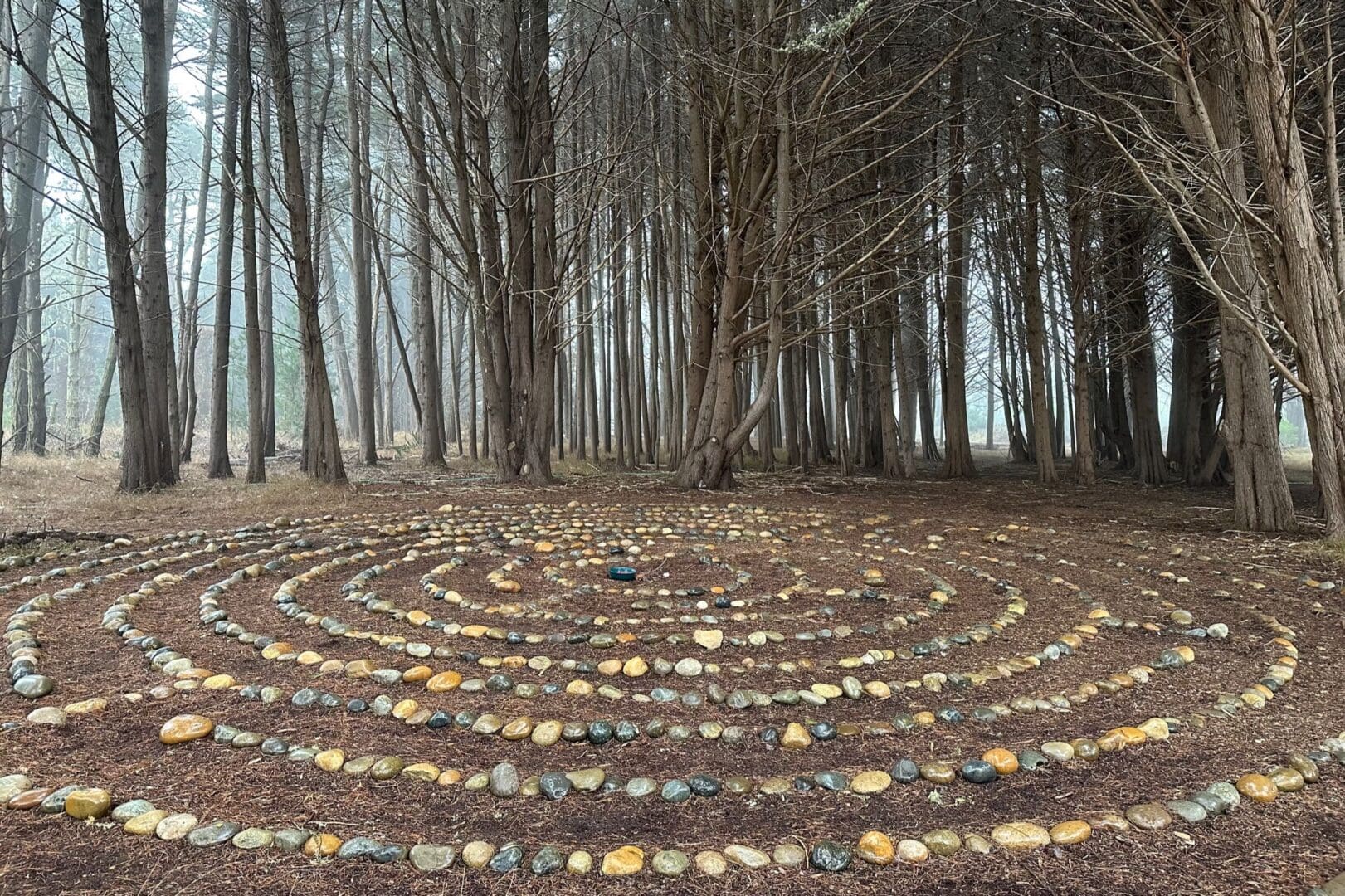People see Pope Francis in different ways. For those concerned with climate change, the environment, poverty and justice, he is an astonishing moral force. For those concerned with gay marriage, abortion rights, making women priests, and child-abuse, he is a disappointment. You cannot understand Francis unless you understand his story. That story is best told in Austen Ivereigh’s The Great Reformer: Francis and the Making of a Radical Pope.
The New York Times called The Great Reformer “the best English-language biography of the pope to date.” Other reviews, including those from the most knowledgeable Catholic reporters, like John Allen at Crux, are equally enthusiastic.
Ivereigh is a British Catholic writer and commentator on religious and political issues. He writes: “This is a story not just of the man but of his three great reforms: of the Argentine Jesuit province, of the Argentine Church, and now of the Universal Church.”
[In what follows I quote, condense and sometime paraphrase his account.]
Jorge Bergolglio was the eldest grandson of Italian immigrants who came to Argentina with meager resources. Giovanni Angelo and Rosa would have died if they hadn’t had to delay their trip. The boat they planned to take went down in October 1927, Italy’s Titanic. They arrived after a five week crossing in steerage in January 1928. The proceeds from the sale of their Turin coffee shop were sewed in the lining of Rosa’s coat. They had come to join relatives who had become successful in Argentina. When the depression struck in 1932 the family lost everything.
Giovanni’s son Mario, who would become Francis’s father, knew a priest, Don Enrico, in Buenos Aires to whom the family turned for help. Don Enrico arranged a loan to buy a confiteria. Mario delivered cakes on a bicycle. He then found book-keeping work. He joined a circle of young men around Don Enrico. He met the sister of one of the young men, Regina. They married on December 12, 1935. Till his death in 1961, Don Enrico was the Bergoglio family priest. “If in my family we live as serious Christians, it is thanks to him,” Jorge/Francis later wrote. Don Enrico baptized Jorge on Christmas Day, 1936.
Mario and Regina soon were able to buy a humble house in Flores, a suburb of Buenos Aires. Here Jorge spent his first 20 years. Near their home was the Basilica of St. Joseph of Flores.
On September 21, 1953, six weeks before he turned 17, Jorge walked past the Basilica of St. Joseph on his way to meet his friends and his girlfriend. He felt an urge to go inside.
I went in, I felt I had to go in–those things you feel inside and you don’t know what they are.
It was a morning in September…I saw a priest walking, I didn’t know him, he wasn’t one of the parish clergy. And he sits down in one of the confessionals…I don’t quite know what happened next, I felt like someone grabbed me from inside and took me to the confessional. Obviously I told him my things, I confessed…but I don’t know what happened…Right there I knew I had to be a priest; I was totally certain. Instead of going out with the others I went back home be cause I was overwhelmed. Afterward I carried on at school and with everything but knowing now where I was headed.
Jorge later said the sensation of the encounter was like falling off a horse. One is reminded of Paul’s experience on the road to Damascus or Rumi’s experience encountering his spiritual friend Shams. In each case, the experience either involved falling off a horse or felt like that. It was a fall–a falling in love.
Two years later, he told his parents of his decision. They were shocked and opposed. Jorge arranged for the family priest, Don Enrico, to mediate. Finally, his parents acquiesced. In March, 1956, Jorge entered Villa Devoto seminary. At seminary his nickname was El Gringo, “perhaps because of his European features and tall frame.”
He is remembered as studious, low profile, but approachable, well-mannered, and well-respected, a good conversationalist and (like everyone else at the seminary) a soccer player…In his second year at Villa Devoto, Jorge began to discern in earnest the possibility of giving up training for diocesan priesthood to join the Jesuits. He admired their missionary spirit and discipline, their commitment to poverty, and, above all, their spirituality…It would also mean the longest period of training anywhere in the Catholic Church: at least a decade before he was ordained, and thirteen or fourteen years before he was a fully professed Jesuit.
As he was discerning that decision, he was brought down by an illness that took him to the edge of death. It began…with a devastating pleurisy that resisted antibiotics…Surgeons removed three pulmonary cysts and a small part of his upper right lung.
The pain was intense. A nun who helped him prepare for First Communion told him, “with your pain, you’re imitating Christ.” That brought peace. Pain, he would later write, “can only be understood fully through the pain of God who became Christ.” While he was recovering, he asked Don Enrico, the family priest, about joining the Jesuits. The priest tested him with questions, then affirmed his intention. He entered Jesuit training in March, 1958. He took his first vows of poverty, obedience, and chastity on March 12, 1960.
[To be continued]




